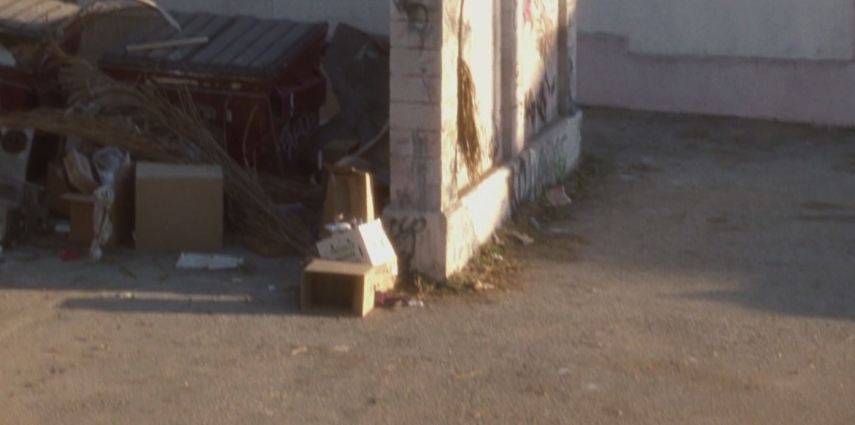Two people meet. Sparks fly. A butterfly flaps its wings in Japan; a bored housewife makes out with her gardener in Beverly Hills. Chaos ensues. Anyone who has experienced love at first sight – or betrayal – knows that seemingly insignificant movements can have seismic consequences in relationships.
And understanding chaos theory can definitely help detective work.
Think about it: Relationships evolve in a non-linear fashion. People get together, break up, reunite and do it all over again with different partners.
This is why a single act – (downing that fourth margarita on a third date )
can lead to a consequence (vomiting out a window)
that equals = the relationship self-destructing.
Even the most solid couples can’t predict the strange twists of fate – like sickness, accidents, or running into an Angelina Jolie look-alike – that can cause two people to spin off in completely different directions.
Let’s face it: As someone who takes several minutes to figure out a dinner tip, I’m not crunching numbers to find answers: Instead I turn to fictional dinosaurs for answers. In the book Jurassic Park, mathematician/rock star Dr. Ian Malcolm explains that chaos theory popped up back in the 1960s, when scientists were trying to build models to predict the weather.
But they found that, unlike the rotation of the planets, weather systems are super sensitive to changes in initial conditions. They have tons of variables, and a single element can turn sunshine into thunderstorms.
After a certain amount of time, the scientists said, the systems could no longer be predictable. Sound familiar?
Wikipedia also actually has a pretty good definition:
Chaos theory is a field of study in mathematics, with applications in several disciplines including meteorology, sociology, physics, engineering, economics, biology, and philosophy. Chaos theory studies the behavior of dynamical systems that are highly sensitive to initial conditions—a paradigm popularly referred to as the butterfly effect. Small differences in initial conditions (such as those due to rounding errors in numerical computation) yield widely diverging outcomes for such dynamical systems, rendering long-term prediction impossible in general. This happens even though these systems are deterministic, meaning that their future behavior is fully determined by their initial conditions, with no random elements involved. In other words, the deterministic nature of these systems does not make them predictable.
As an investigator, I always try to keep the following points in mind:
1) The systems have underlying order.
Scientists say that there are actually complex patterns underneath the chaos, which is why the theory is now being used to study everything from brain waves to stock markets. Some scientists are even suggesting that extreme catastrophic events like the global financial market crashing – known as dragon king events – can be predicted and prevented.
Wired quotes physicist Daniel Gauthier as saying: “A chaotic system may be in flux, and look like random behavior. But maybe there’s some internal structure we can identify that leads to destabilizing events.”
Gauthier believes that the models could even be used to predict extreme human behavior. This could be why so many friends and family members are blindsided by so many crimes of passion, while detectives understand that once some suspects reach the tipping point, it’s only a matter of time.
2) Conversely, even simple systems can quickly become complex.
I never thought that I would cite as Ashton Kutcher movie as an illustration to unlock the universe’s mysteries – but The Butterfly Effect does a pretty good job. In the movie, his character can travel through time – so he keeps going back to try and change the disastrous effects of his past – but of course everything he does has consequences of its own, and he keeps making things worse.
Remember, relationships are non-linear by nature. Some people are destined to keep making the mistakes over and over again – and until they are ready to try and understand the patterns, it’s impossible to help them.
3) Chaos is everywhere – and everything is connected.
Sherlock Holmes is constantly using esoteric knowledge that seems to have nothing to do with the case to solve master schemes.
I have lost count of the number of times that a seemingly totally random fact has helped me crack a case. So I never feel guilty for chasing down knowledge, whether I’m reading about physics, hedge funds, Japanese table manners, or the international drug trade.
Because in a world where everything is connected, everything matters – and the depth of an investigator’s knowledge can make or break a case.




 I recently had the opportunity to sit in on a lecture by
I recently had the opportunity to sit in on a lecture by